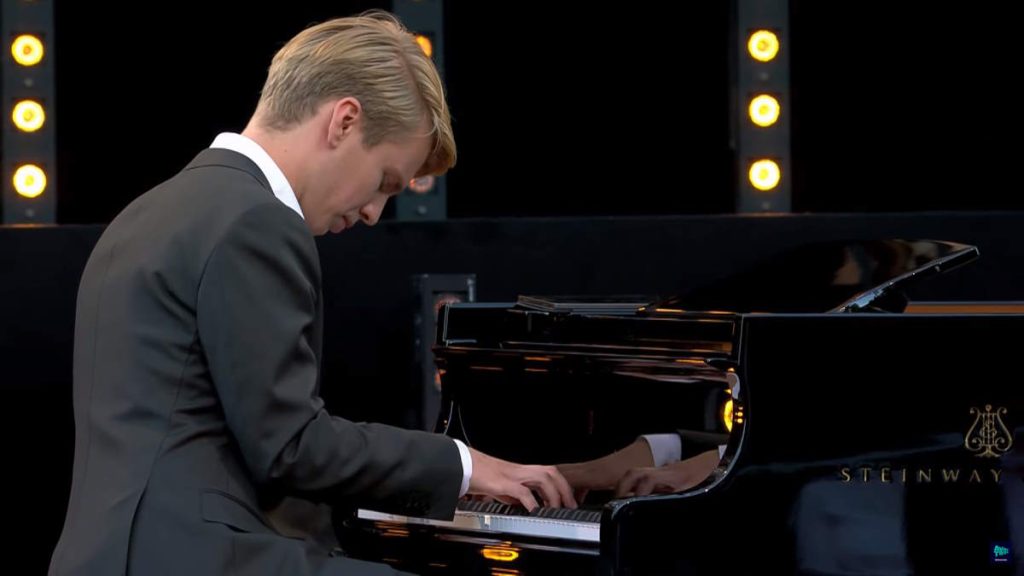Conducted by Dalia Stasevska, the Orchestre National de France performs Pavane pour une infante défunte (Pavane for a Dead Princess), originally a work for solo piano by Maurice Ravel, written in 1899 while the French composer was studying at the Conservatoire de Paris under the French composer Gabriel Fauré.
Maurice Ravel’s Pavane pour une infante défunte
Ravel’s “Pavane pour une infante défunte” (Pavane for a Dead Princess) is a piece for solo piano, composed in 1899 when Maurice Ravel was a student at the Conservatoire de Paris under the tutelage of Gabriel Fauré. The piece was published in 1900 and later orchestrated by Ravel himself in 1910. Despite its title, the work is not intended to depict the mourning of a specific princess or historical figure. Instead, Ravel described it as an evocation of a pavane that a little princess might have danced at the Spanish court. The title suggests a certain nostalgic elegance and a distant, almost dream-like royal past.
The piece is marked by its graceful, yet melancholic melody, underpinned by a gentle, processional rhythm that mimics the slow, dignified dance of a pavane – a dance that was popular in the European courts during the sixteenth and seventeenth centuries. Its simplicity and beauty are characteristic of Ravel’s early works, which often blend clarity with emotional depth.
“Pavane pour une infante défunte” quickly became one of Ravel’s most popular pieces, admired for its exquisite melody and its capacity to evoke a sense of serene melancholy. The work’s structure is relatively straightforward, featuring a main theme that is introduced at the beginning and then beautifully developed throughout the piece. Ravel’s use of subtle harmonic shifts and his delicate approach to texture and dynamics contribute to the pavane’s overall effect of poignant reflection.
In its orchestrated version, Ravel expanded the piece’s color palette, making use of the orchestra’s strings, woodwinds, horns, and harp to enhance the work’s expressive depth without compromising its intimate character. The orchestration is masterfully done, highlighting Ravel’s skill in using the orchestra to create a rich array of timbres and hues, further elevating the piece’s emotional impact.
“Pavane pour une infante défunte” stands as a testament to Ravel’s genius in creating music that is both elegantly simple and profoundly moving. It remains a favorite among both pianists and audiences, often performed and recorded in both its piano and orchestral versions. The piece exemplifies Ravel’s ability to convey deep emotion through music, making it an enduring work of the impressionist repertoire.
Sources
- Pavane pour une infante défunte on Wikipedia
- Pavane pour une infante défunte, M.19 (Ravel, Maurice) on the International Music Score Library Project website
